What Is Scape Blasting - Learn About Daylily Bud Blast And Scape Blast Treatment


While daylilies are normally free of problems, many varieties are actually prone to scape blast. So exactly what is scape blasting? Let's learn more about daylily scape blast and what, if anything, can be done about it.
What is Scape Blasting?
Scape blast in daylilies, also occasionally referred to as scape cracking or bud blasting, is typically a sudden bursting, cracking, splitting, or breaking of the scapes - usually in the middle. The scape includes the entire flower stalk located above the crown. It is leafless with the exception of a few bracts here and there. With this type of daylily bud blast, the scapes may appear to break off horizontally (though sometimes vertically) or explode. In fact, this condition derived its name from the pattern of damage that occurs, which commonly resembles a blown-up firecracker with sections of the scape bursting in all directions. When scape blasting, or daylily bud blast, occurs, it doesn't necessarily sever the entire bloom. In fact, it may happen in one of two ways - complete, where all the blooms are lost OR partial, which may continue to bloom as long as the cambium layer is still attached. In some cases, the blasting may create a clean break similar to that of being cut with shears or even a vertical rupture down the length of the scape. Look for signs of scape blast in daylilies just prior to bloom time as the scapes rise from the plant.
What Causes Scape Blast in Daylilies?
Internal pressure that has built up as a result of irregular watering or over watering following drought (such as with heavy rains) - similar to cracking in tomatoes and other fruit - is the most common cause of scape blast. Extreme temperature changes, excess nitrogen, and fertilizing prior to increased soil moisture may also contribute to this garden plant phenomenon. In addition, scape blasting seems to be more prevalent in tetraploid species (having a single unit of four chromosomes), likely due to their less flexible cell structures.
Preventing Scape Blast
Although with gardening there are no guarantees, preventing scape blast in daylilies is possible. The following tips can help with the prevention of scape blasting, or in the least minimize its damage:
- Keep daylilies adequately watered during periods of drought.
- Put off fertilizing until later in the season (late summer) when plants are gathering energy for next year's blooms. Do not fertilize when it's been dry.
- Cultivars more prone to scape blasting should be planted in clumps rather than individual crowns.
- Slightly increasing boron levels in the soil (avoid excess boron) before scapes emerge in spring using fresh compost or a slow-release organic nitrogen fertilizer, like Milorganite, may help as well.
Scape Blast Treatment
Once scape blast happens, there's really little you can do other than make the best of it. Remove completely blasted scapes not only for appearances, but this may also help make way for any new scapes. For those only partially affected, you can try supporting the blasted area with a splint. This is normally achieved by using a popsicle stick attached to the partially severed scape with duct tape.
Gardening tips, videos, info and more delivered right to your inbox!
Sign up for the Gardening Know How newsletter today and receive a free copy of our e-book "How to Grow Delicious Tomatoes".

Nikki Tilley has been gardening for nearly three decades. The former Senior Editor and Archivist of Gardening Know How, Nikki has also authored six gardening books.
-
 Get Ready For A Summer Of Hummers! Grow These Full Sun Hummingbird Plants and Flowers
Get Ready For A Summer Of Hummers! Grow These Full Sun Hummingbird Plants and FlowersIf you’re lucky enough to enjoy a sunny backyard, make sure you are maxing out on your pollinator opportunities and grow these full sun hummingbird plants and flowers
By Tonya Barnett
-
 12 Lush Alternatives To A Lawn For Sustainable Spaces
12 Lush Alternatives To A Lawn For Sustainable SpacesAlternatives to a lawn are beautiful and also beneficial to your local ecosystem and its pollinators. Explore our top picks for plants to replace grass.
By Tonya Barnett
-
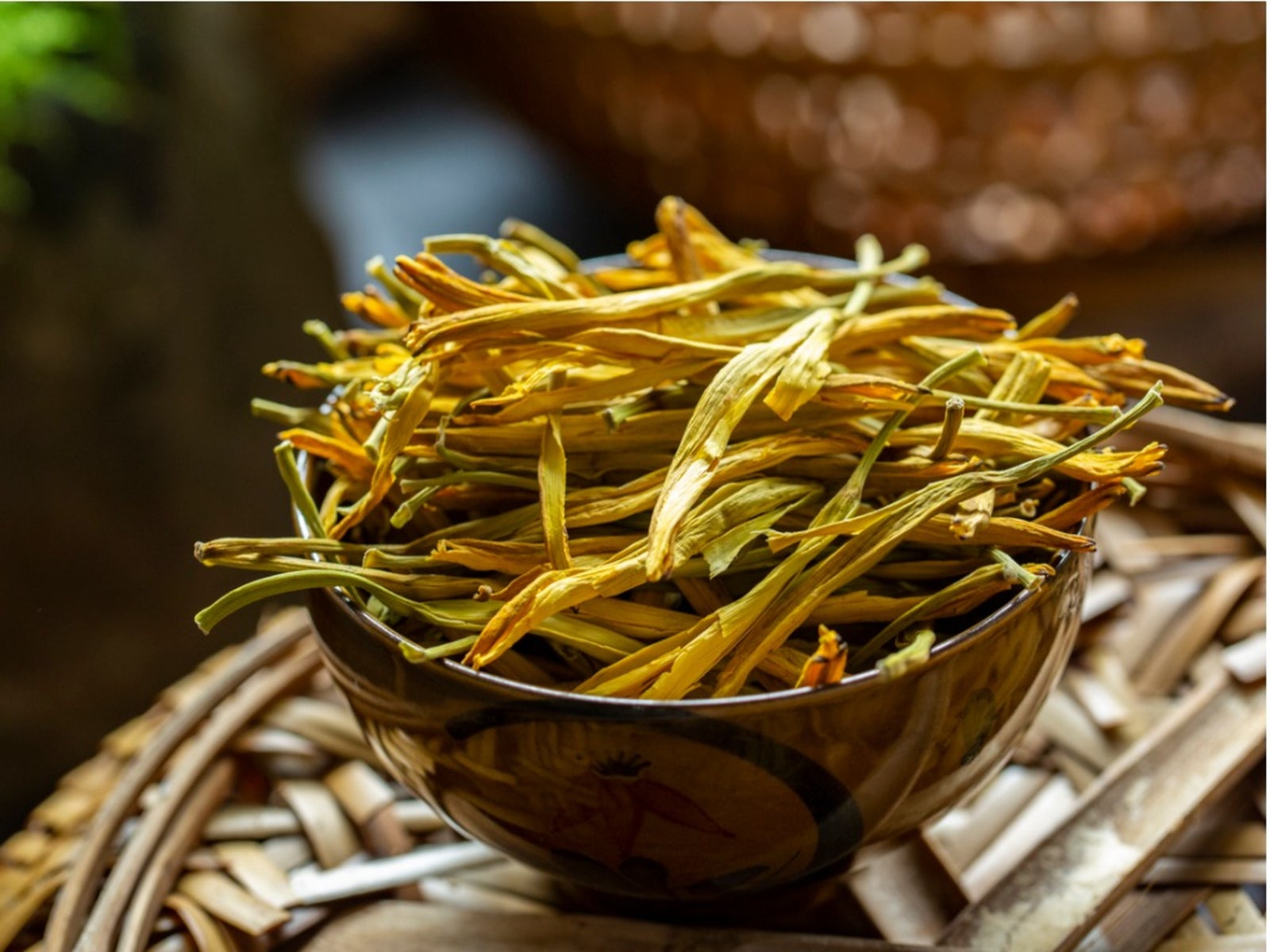 Are Daylilies Edible - Can I Eat Daylilies
Are Daylilies Edible - Can I Eat DayliliesDaylilies are easy to grow and produce fantastic blooms. Their laissez faire nature and hardiness make them ideal landscaping plants. If you are a garden grazer, you may wonder, "can I eat daylilies?" And if they are, which daylilies are edible? The wonderful answer is contained below.
By Bonnie L. Grant
-
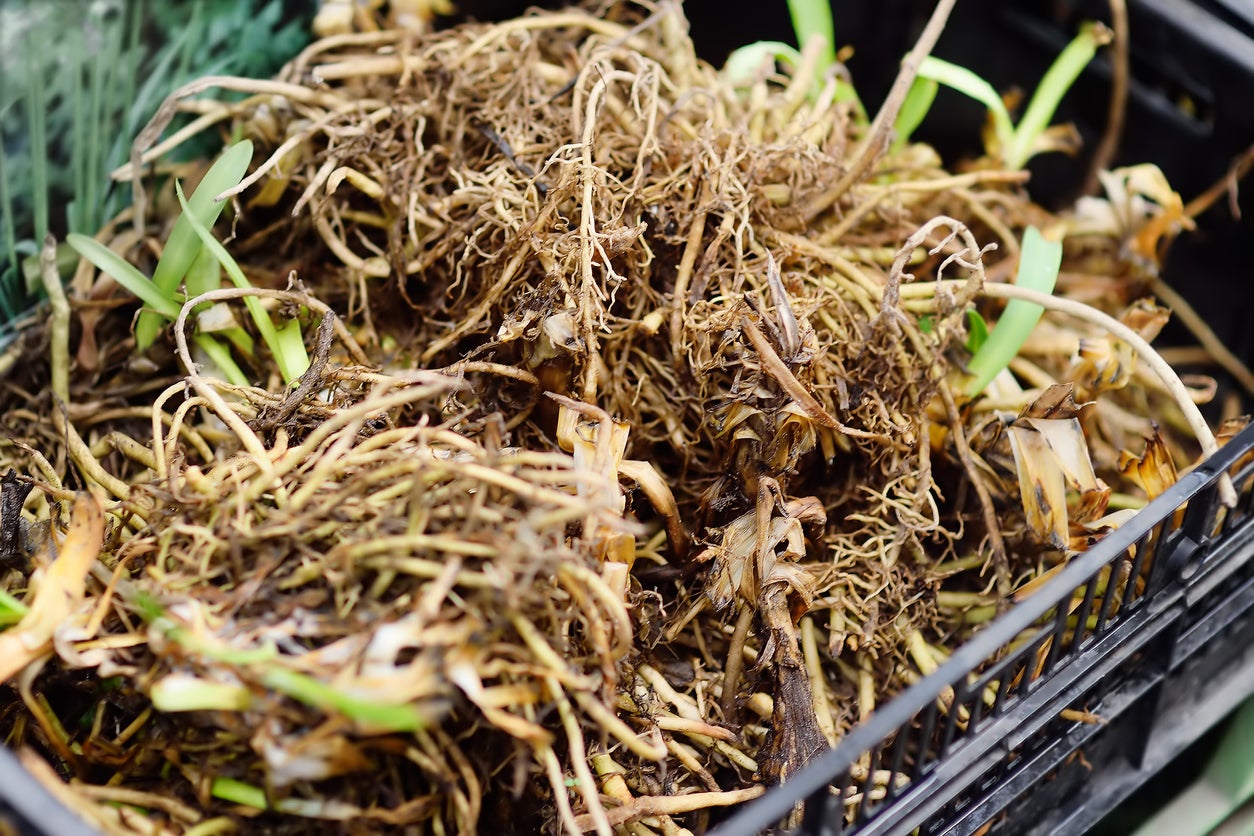 Daylily Tuber Winter Care – Learn About Overwintering Daylily Plants
Daylily Tuber Winter Care – Learn About Overwintering Daylily PlantsDaylilies are some of the toughest flowers around, but if you’re concerned about daylily plants in winter, digging and storing daylily tubers isn’t a bad idea, especially in climates north of USDA plant hardiness zone 5. Click this article to learn what to do with daylilies in winter.
By Mary H. Dyer
-
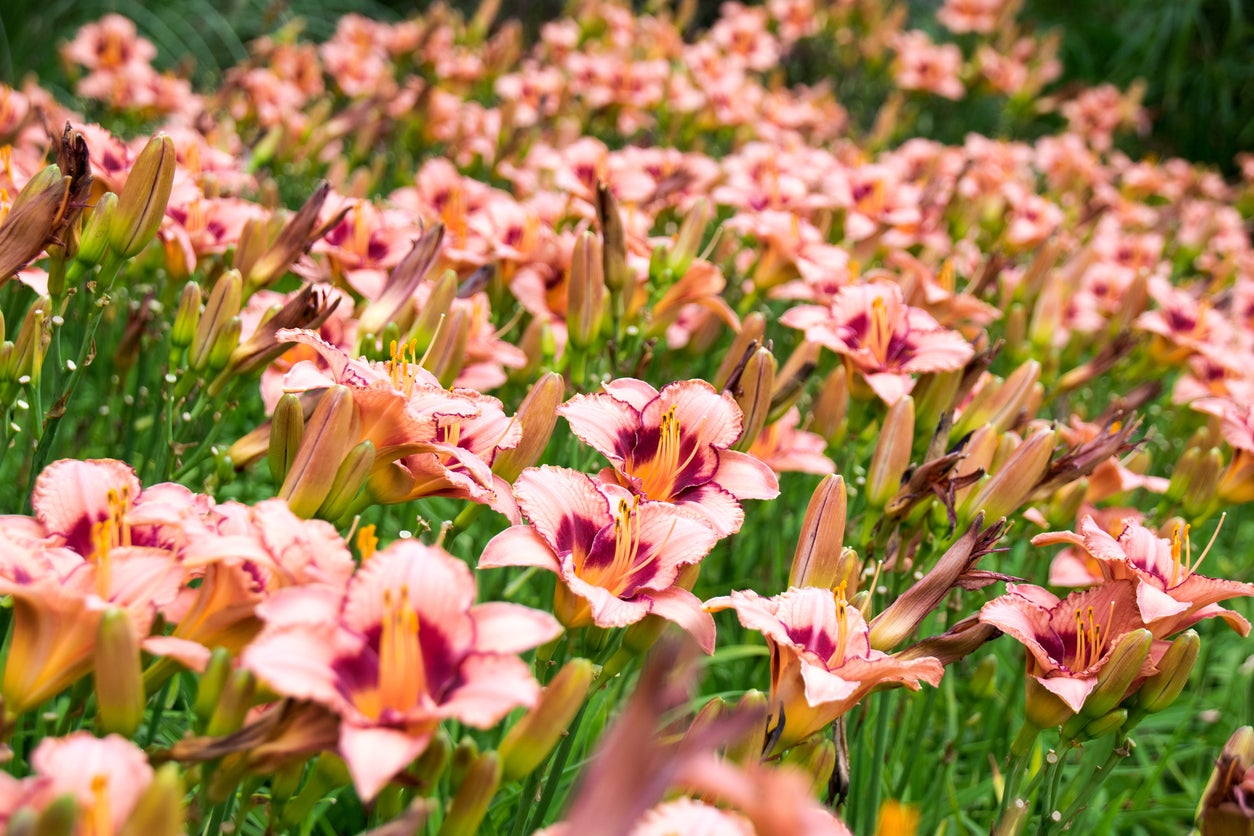 Daylily Division Guide: Learn How And When To Divide Daylilies
Daylily Division Guide: Learn How And When To Divide DayliliesDaylilies are pretty perennials with striking blooms, each of which only lasts for one day. They don’t require much care once established, but dividing daylilies should be done every few years to keep them healthy and blooming. Learn when and how to do this here.
By Mary Ellen Ellis
-
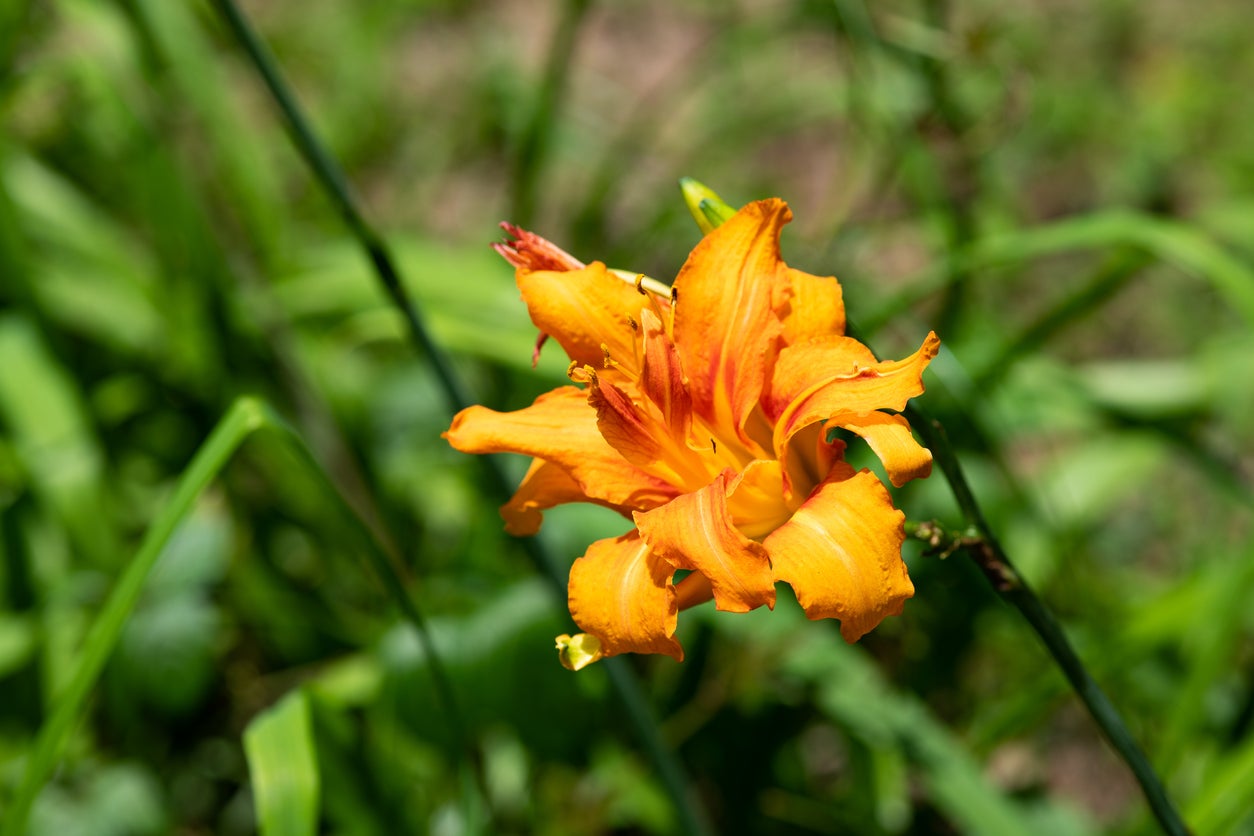 How And When To Cut Back Daylilies: Daylily Trimming Made Simple
How And When To Cut Back Daylilies: Daylily Trimming Made SimpleDaylily trimming after bloom time will keep these beauties tidy and disease-free. Trim the plants back after they bloom and before you divide them.
By Mary Ellen Ellis
-
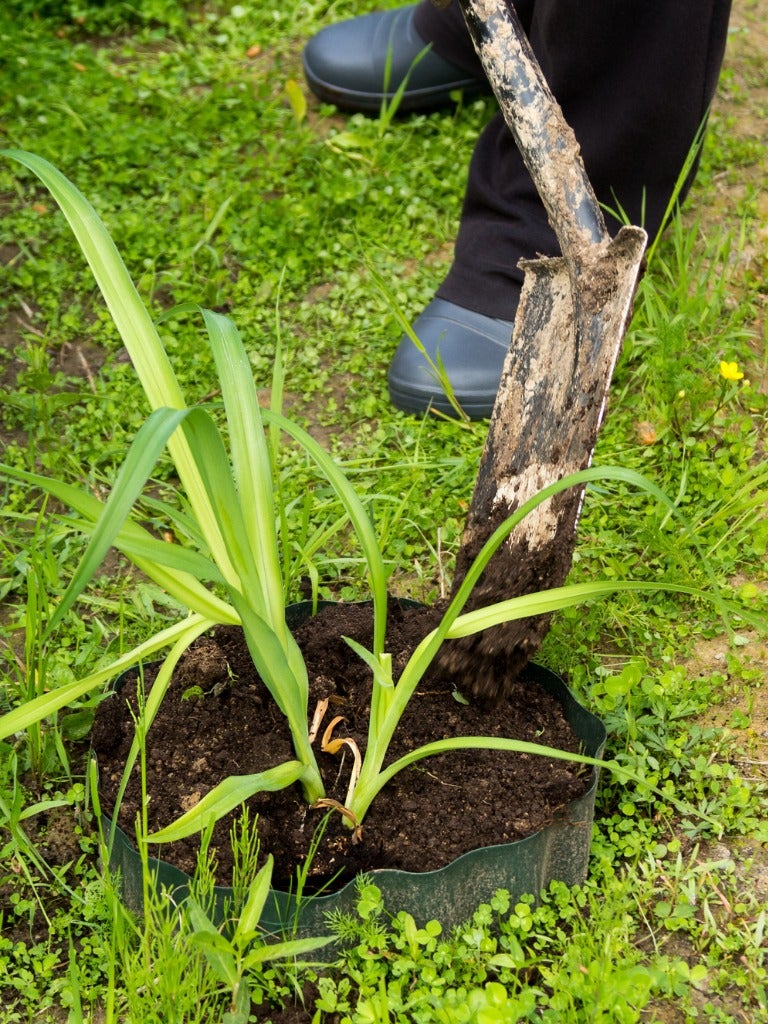 How To Transplant Daylilies: Learn About Moving Daylilies In The Garden
How To Transplant Daylilies: Learn About Moving Daylilies In The GardenDaylilies like to be divided every three to five years for optimal blooming. Moving and transplanting daylilies takes a little finesse. The following information on how and when to transplant daylilies will have you an old pro at dividing and moving daylilies in no time.
By Amy Grant
-
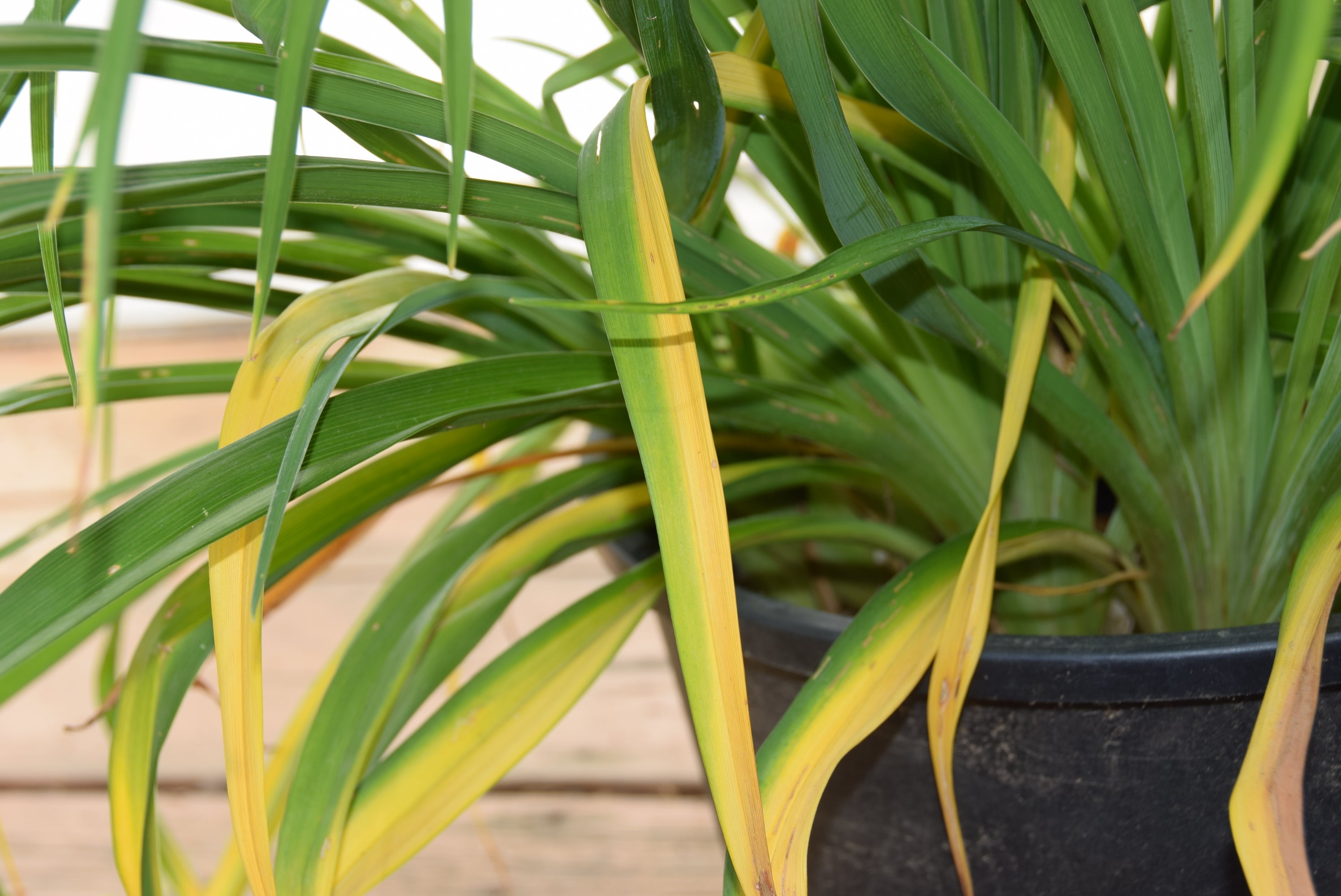 Streaks On Daylily Leaves: Learn About Daylily Leaf Streak Disease
Streaks On Daylily Leaves: Learn About Daylily Leaf Streak DiseaseDaylily plants are among one of the most popular perennial landscaping flowers. While robust, there are some issues that may cause these plants to struggle in the garden. Daylily leaf streak, for instance, can cause distress. Learn more about this disease here.
By Tonya Barnett
-
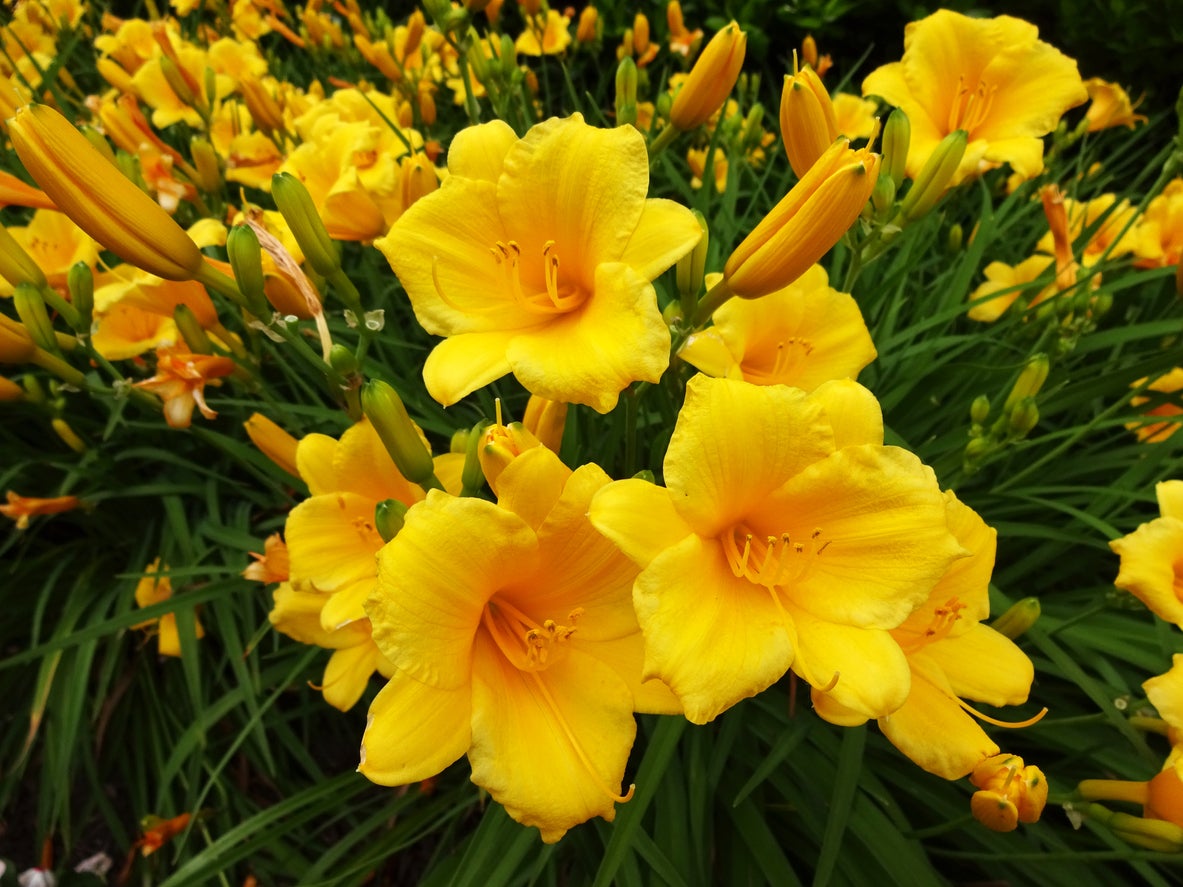 Deadheading Daylily Flowers: Is It Necessary To Deadhead Daylilies
Deadheading Daylily Flowers: Is It Necessary To Deadhead DayliliesThe daylily plant will only bloom for one day. Luckily, each plant produces multiple blooms that flower continuously, creating the beautiful display its growers have come to love. But what happens once the blooms fade? Is daylily deadheading necessary? Find out here.
By Tonya Barnett
-
 Daylily Fertilizer Needs – How To Fertilize Daylilies
Daylily Fertilizer Needs – How To Fertilize DayliliesDo you need to start fertilizing daylilies? That can depend on the soil. If the soil is poor, feeding these plants may help them to thrive. For more information on daylily food and tips on how to fertilize daylilies, simply click on the following article.
By Teo Spengler